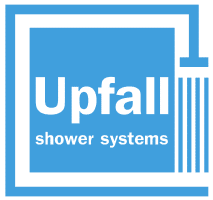Shower then and now
The future of drinking water: less consumption, more sustainability
When I was little, in the 1960s, we had a simple iron hand shower at home that gave a measly trickle. Still, as kids, we loved to shower. I always took a shower with two of my brothers and we had to be quick or my mother would turn on the geyser in the kitchen and we would have a cold shower.
The rain shower became popular at the end of the last century. There were plastic shower cubicles with large shower heads hanging from the ceiling. Those shower heads kept getting bigger and bigger. A rain shower of 10 cm was soon no longer enough, it had to be 20 or 30. But you needed a lot of water pressure for that and most people didn't have that.
I have seen a lot of solutions over the past 30 years to create a real rain or rain shower. Shower heads with more or less jets, pumps to increase pressure, thicker water pipes and larger boilers to provide more water and heat. Everything was taken out of the closet to be able to shower as long and as pleasantly as possible.
We now use an average of more than 130 liters of drinking water per day, and according to a study by HansGrohe, 88 to 96 liters of that go to the shower. And the latest trend in bathroom land are double open showers, which you see a lot on Instagram. For that you have to shower even hotter than with a closed shower, because you need more hot water. A normal shower head uses about 10 liters of water per minute, a rain shower 15 liters and a rain shower with a boiler that supplies a lot of hot water 20 liters.
Recently, a family with four teenage daughters came to the showroom. They had two bathrooms with rain showers and a large cw6 boiler. They showered for nearly two hours every day. That meant they used almost a million liters of water a year, an insane amount. With an Upfall Shower that would be one hundred thousand litres.
We waste a lot of water every day and that can easily be reduced. With an Upfall Shower you save 50% in water for most families with children, and I'm not even talking about the energy costs.
